SAYEDA NAYELA, CUTTACK
An awkward moment unfolded last month during the bilateral meeting between US President Donald Trump and Turkish President Recep Tayyip Erdoğan at the White House Middle East Peace Summit. Erdoğan’s translator was seen declining Trump’s offered handshake.[1] The meeting, focused on regional diplomacy, has impromptu given rise to the debate of cultural etiquettes versus adherence to religious customs that discourages physical contact between unrelated men and women.
Modern world
Women constitute half the world population, and today, are seen working across all job sectors. Their growing public presence at one end has influenced behaviour etiquettes but at another end, it has amplified their vulnerabilities against their male colleagues.
We are living in times where shaking hands to greet each other has become a common norm. In Islam too, shaking hands is a recommended act. As evident from Prophetic traditions, shaking hands between people of the same gender is highly praised as it fosters unity and love between fellow Muslims.[2]
Likewise, in the secular world—ranging from corporate industries to diplomatic agreements and even parent-teacher meetings—handshakes are pretty much unavoidable. Among peer groups, they are viewed more as a habitual act than a conscious one.
Understanding and acknowledging cultural differences
However, handshakes are not the primary or traditional form of greeting across all societies. Around the world, different cultures follow their own distinct ways of showing respect and warmth when meeting someone.
In India, a common greeting is “Namaste,” where one presses the palms together at chest level and bows the head slightly. It conveys the meaning, “I bow to the divine in you.” In Japan, bowing is the traditional greeting, and the depth of the bow reflects the level of respect or social status. Arabs and many Middle Eastern nations greet one another with the Islamic salutation “Assalamu Alaikum”, often followed by a warm handshake between the same genders. In many Western countries, greetings are commonly accompanied by a handshake, a hug, or even a kiss on the cheek.
Similarly, religious traditions also have their own prescribed forms of greeting. In Hinduism, “Namaskar” or invoking the name of a deity is often used as a greeting gesture. Followers of Buddhism greet each other with folded hands. Islam, Christianity, and Judaism all encourage greeting with a handshake using both hands and, sometimes, even a warm embrace between members of the same gender.
Why Muslims avoid handshakes with the opposite gender?
As far as greetings are concerned, we must understand that a person’s upbringing and sensibilities determine what they find comfortable. These sensibilities are shaped by their culture, customs, and religious beliefs.
In many parts of the world, especially in Asian countries, people prefer to greet with folded hands, a hand placed on the chest, a slight bow, or simply a warm smile—all without physical contact. While hugging and kissing on the cheek may be considered a common form of greeting for women in many Western societies, such gestures are not necessarily accepted in many Asian cultures.
This can seem very unusual to those from Western cultures, where these gestures are considered harmless. However, as mentioned earlier, the comfort level of any greeting is shaped by the sensibilities of the individuals involved. Different cultures have different customs surrounding greetings, which can vary widely from one society to another.
The sensibilities of Muslims are shaped by their faith, and for this reason, they do not shake hands with the opposite gender.
A reciprocal rule, not a female restriction
Yet, when it comes to Islam, the issue is often discussed as though it is a restriction placed specifically upon Muslim women, limiting their participation in society. While in reality, this is a two-way injunction forbidding both men and women from shaking hands with the opposite gender.
Hence, to frame this as a women’s issue—creating an impression that Islam devalues its women and treats them as secondary—is unfair and wrong. The main objective behind the Islamic principle of gender segregation is to function as a barrier, safeguarding men and women from misguided inclinations that may arise between them.
Islam emphasises a moral guideline in the form of segregation between the sexes, and the handshake is one example where this guideline undoubtedly applies. The underlying principle here is one of caution—blocking the means to potential wrongdoing. Islam teaches that unnecessary physical contact can stir desire and lead to temptation.
One may argue here that in modern times, shaking hands is not a big deal and that such gestures rarely involve any temptation. Hence, for many—especially those influenced by Western values—such cautions may seem unnecessary. However, from an Islamic standpoint, preventing acts that inherently carry the potential to lead to wrongdoing is just as important as avoiding the wrongdoing itself, especially given the fact that not everyone possesses the same moral discipline.
So, when a person with weakened moral restraint shakes hands with women, it is possible for him to be wrongly influenced by the contact. Such loosening of moral codes causes a chain reaction that weakens society’s moral fabric, making the average person less conscious of the boundaries of modesty.
Thus, the issue is not merely about getting aroused through a simple handshake, but about upholding broader standards of modest conduct and chastity prescribed by Islam.
Expanding on the subject further, the Fourth Caliph of the Ahmadiyya Muslim Community, Hazrat Mirza Tahir Ahmadrh, said in one of his question and answer sessions:
“Such loose atmosphere in society would create many short circuits of emotional channels between women and other men and men and other women, which according to Islam should be prevented. And like any two cables leading to a bulb—if before reaching the instrument for what they are meant and meet halfway—instead of producing anything, they may even destroy the entire building and cause a fire. This is the philosophy of Islam on separation of sexes, [prescribed] only to a degree where unnecessary secret contact is not promoted.”[3]
Hence, this teaching of Islam is full of wisdom and protection, guiding believers towards modest conduct and respect for others.
It should also be noted that this is not a practice found exclusively in Islam. Many other religions also regulate physical contact between the sexes to varying degrees. For instance, Jewish law contains the concept of Negiah, according to which, physical contact with strangers of the opposite sex is not permitted.[4] The purpose of this injunction, too, is to restrict physical closeness and prevent unchastity. In orthodox Jewish practice, it is common for Rabbis to refrain from shaking hands with women.[5]
However, these beliefs are seldom subjected to public scrutiny for fear of being accused of anti-Semitism. Such criticisms, it seems, are solely reserved for Islam.
Furthermore, labelling someone as “fundamentalist” merely because they practice their religion conflates two distinct aspects: a person’s identity (who they are) and their actions (what they do). It also falsely assumes that strong religious observance automatically equates to extremism. This is the flawed narrative that much of the modern media promotes about Islam today.
A matter of personal preference
The decision of whether to shake hands or not should be a matter of personal choice. No one should be compelled to perform a gesture that goes against their beliefs or personal comfort—especially when opting out constitutes no harm.
Since declining a handshake does not pose any threat to social harmony, personal choice should be respected in such situations. However, it is also necessary to avoid offending someone’s feelings. Hazrat Mirza Tahir Ahmadrh advised that it is better for Muslims to inform their friends and colleagues beforehand about their religious practice, so that awkward situations can be prevented. In unexpected moments, His Holiness added, one may greet others through alternative respectful gestures, such as placing a hand over the heart and offering a slight bow.[6] This enables Muslims to maintain their religious principles while also showing courtesy and respect in social situations.
Sayeda Nayela completed her Bachelor’s degree in Chemistry from Ravenshaw University, Cuttack, and currently serves as an Odisha Administrative Service (OAS) officer. She is a regular contributor for Light of Islam.
END NOTES
[1] Turkish President’s Hijabi Translator Refuses Trump’s Handshake at White House Summit; Awkward Exchange between Leaders Caught on Video, 15 October 2025, The Free Press Journal
[2] Sunan Abi Dawud, Kitab al-Adab (Book on General Behaviour)
[3] Question and Answer Session held at Masjid Fazl London, on 9 June 1987; the passage has been lightly edited from the original conversational style for readability.
[4] The prohibition regarding physical contact in traditional Jewish law is generally derived from two verses in Leviticus (18:6 and 18:19), which are interpreted as forbidding forms of intimacy that could lead to prohibited relations. On this basis, later halakhic authorities extended the restriction to affectionate physical contact between unrelated men and women. The degree to which this applies in non-affectionate situations—such as handshakes—varies among rabbinic opinions.
[5] Orthodox Jews & the Rule of Men and Women Shaking Hands, Rochel Chain, chabad.org
[6] Liqaa Ma’al Arab (meeting with Arab guests), dated 15 October 1995


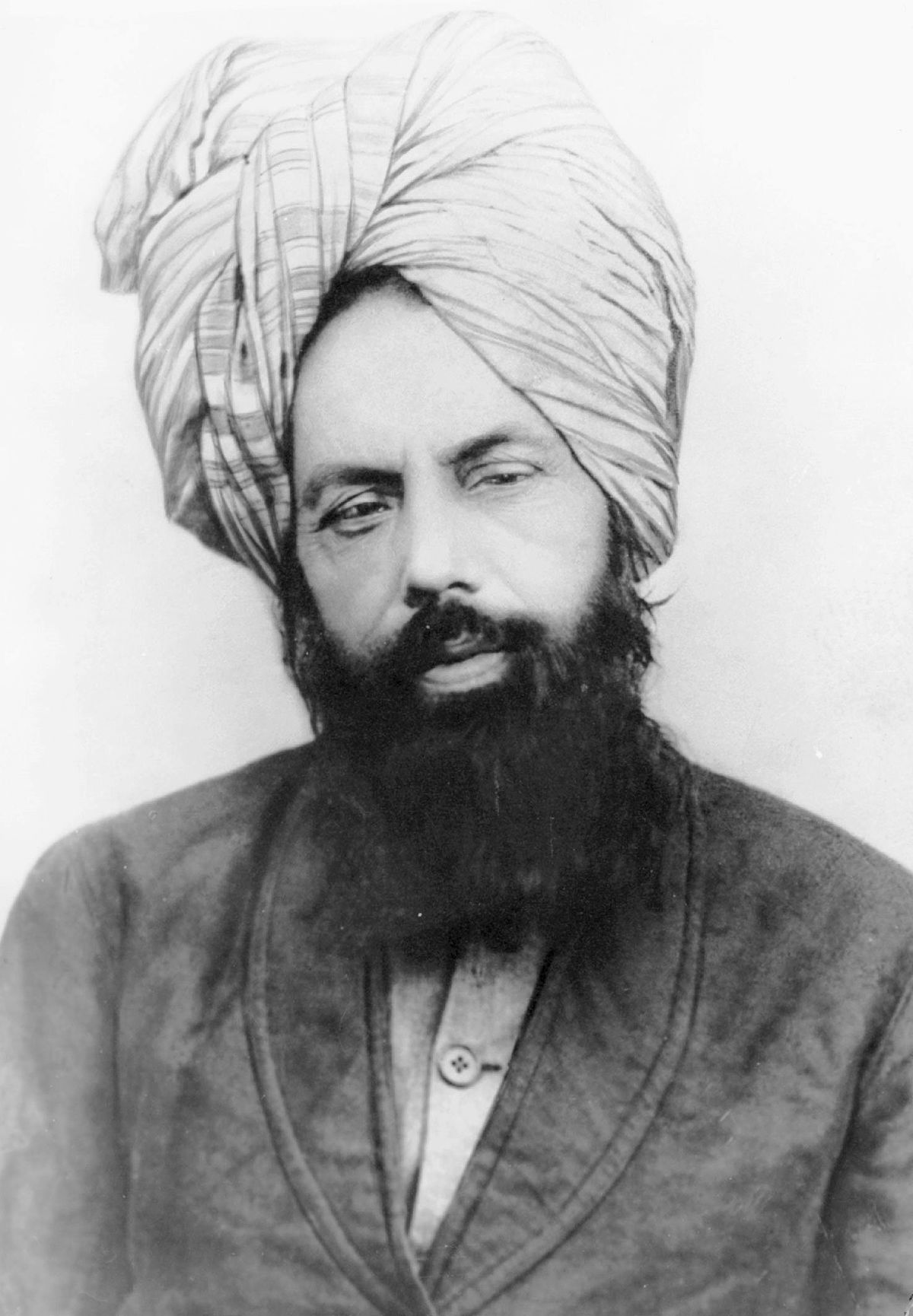
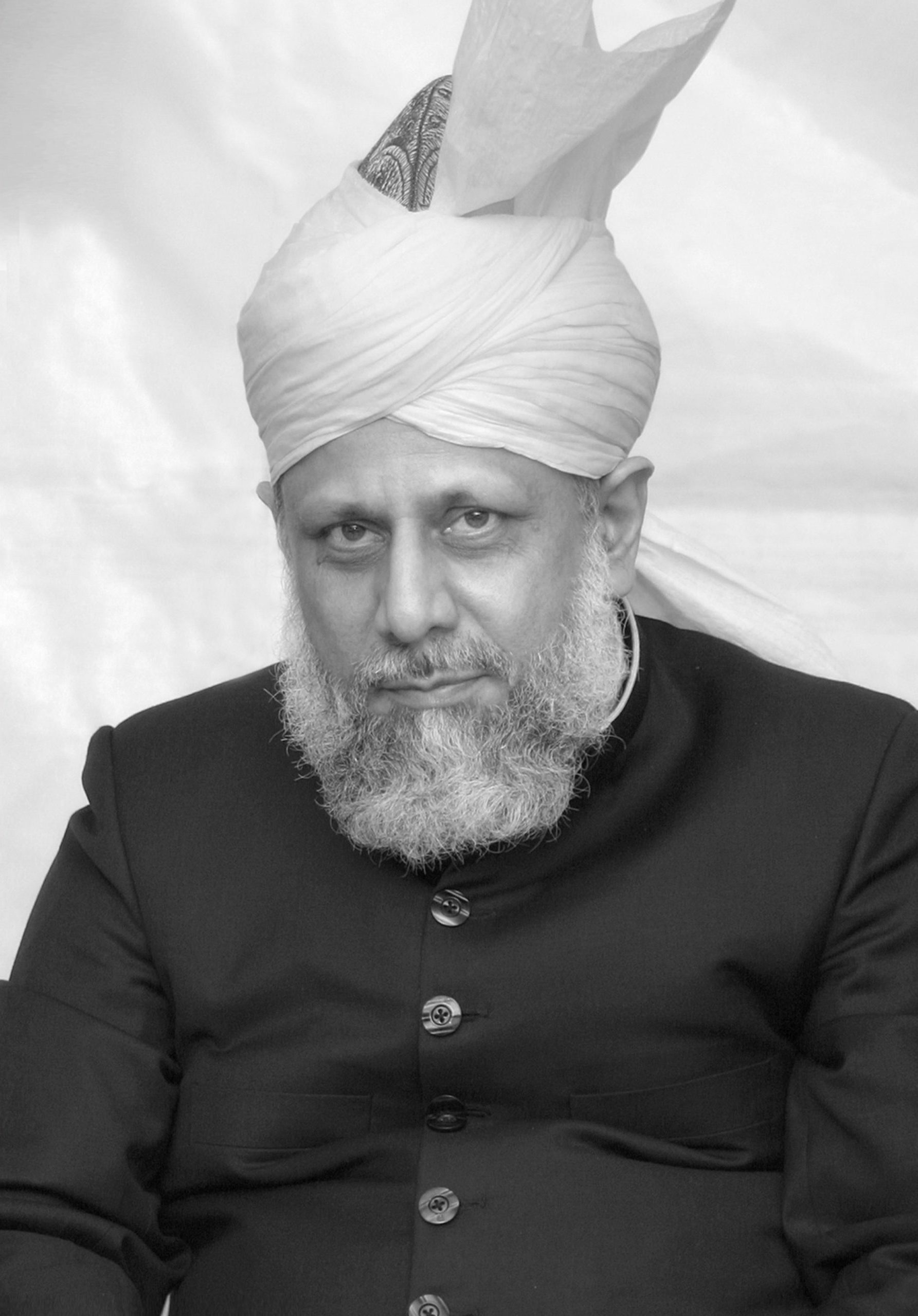
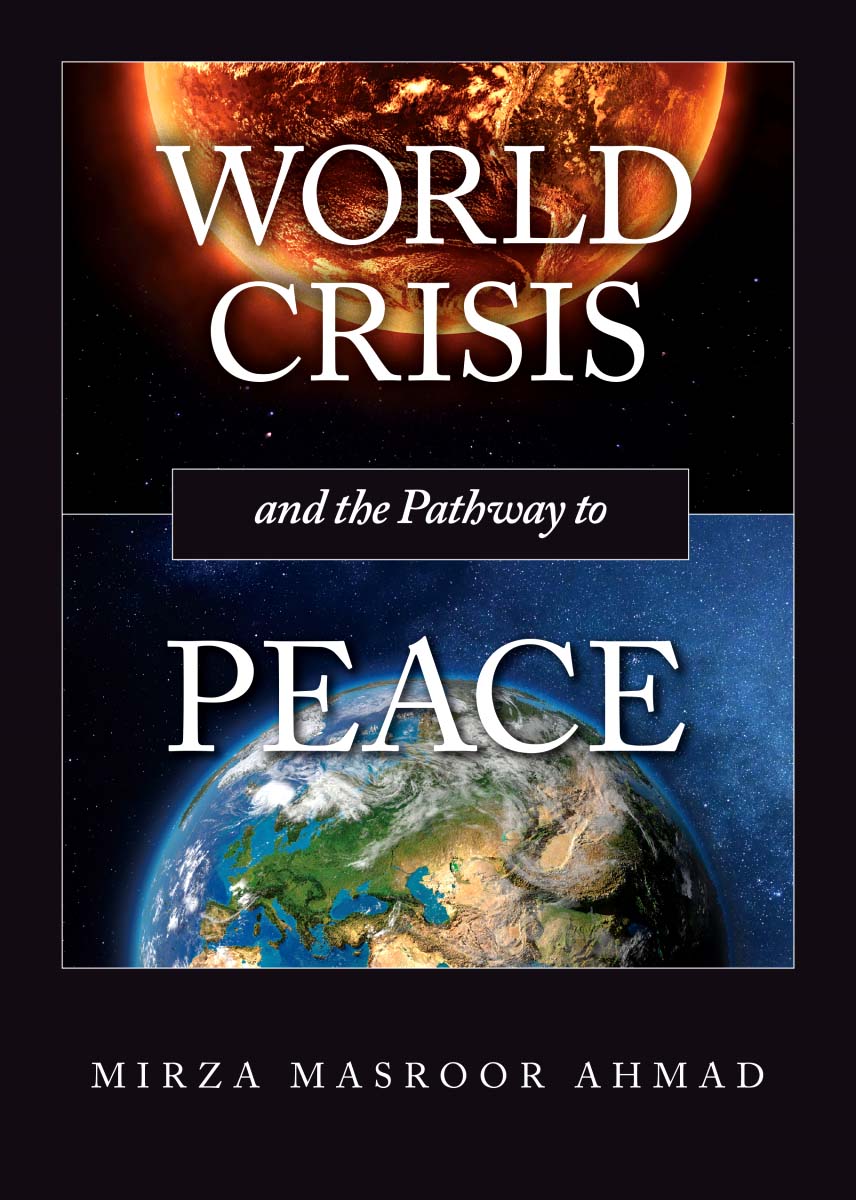




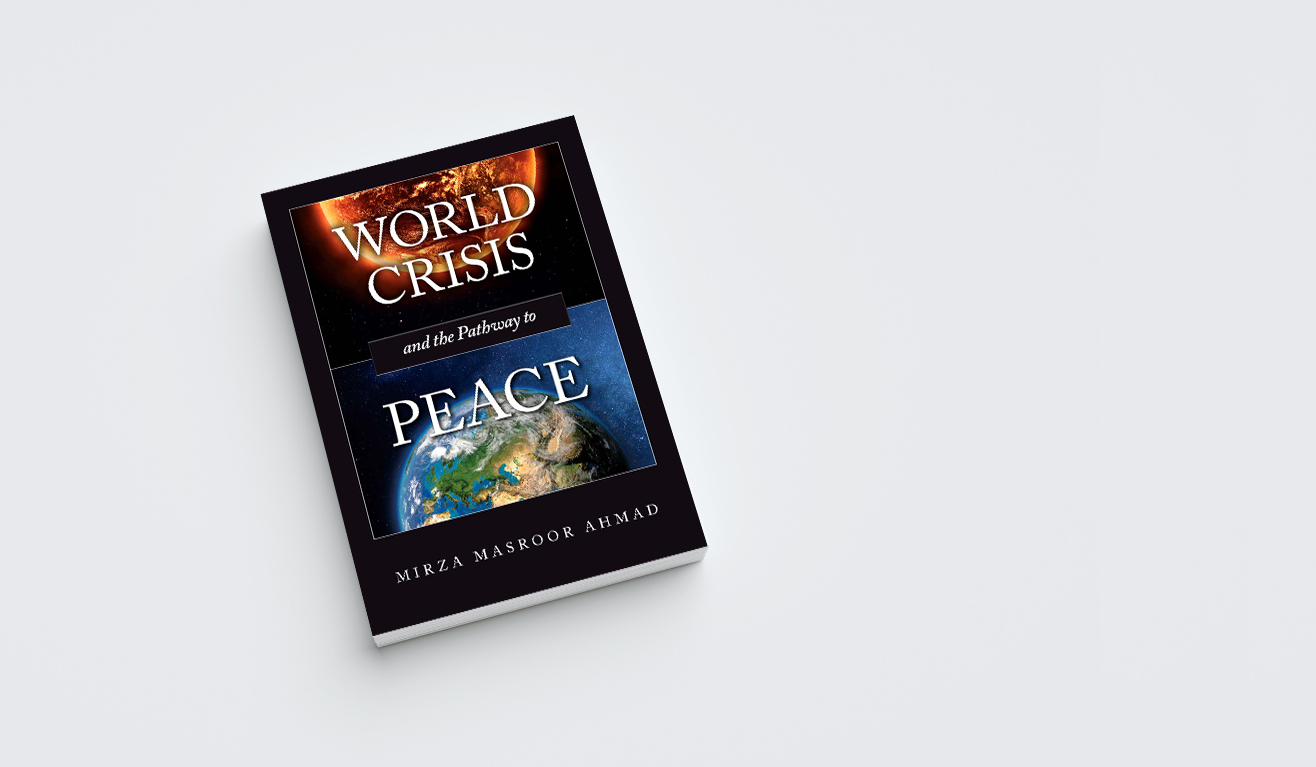

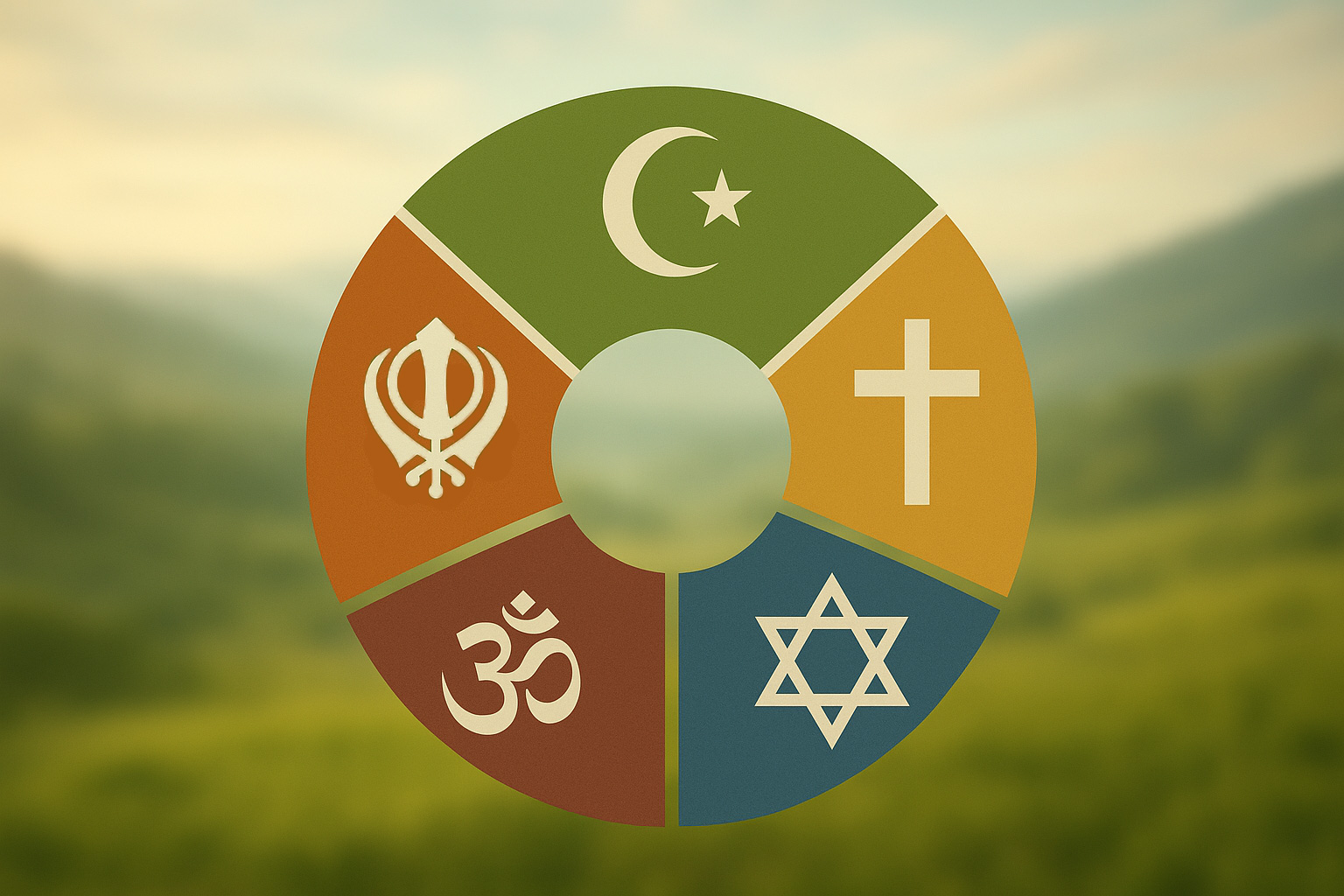

0 Comments